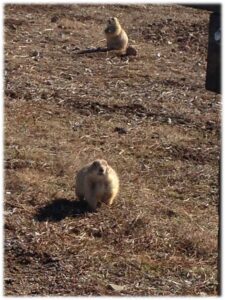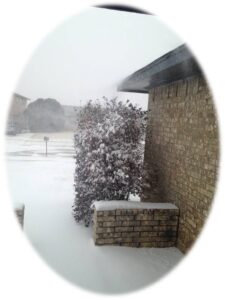
Earlier this week I read a story about a woman in Colorado who was attacked and partially eaten by a bear. She had taken her dogs out for a walk and not returned home. The woman’s boyfriend found the dogs at home and not his girlfriend so he started to search for her. He found her dead from an apparent bear attack. Tragic.
Bear attacks are rare in America yet they do occur. And you should always be prepared if you live in bear country.
Soon I’ll be visiting my father in northeast Washington where bears are not uncommon. Many years ago he did have an encounter with a mama bear and her cubs while he was fishing. He had a firearm , remained calm, and was able to retreat from the river to his vehicle with no interaction with the mama.
Since then, he always carries bear spray and has it at hand. When I’m visiting him and we go for hikes in the mountains or stop off at a rest area we carry bear spray:
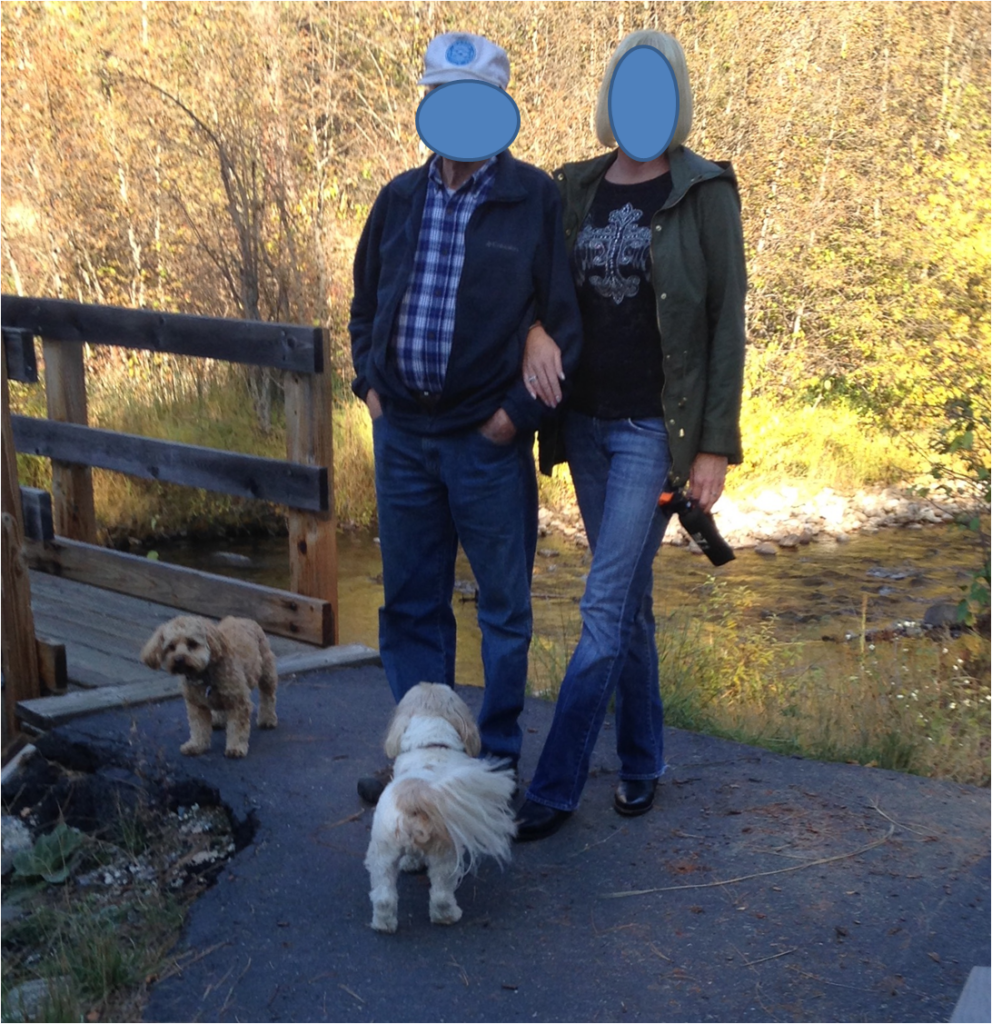
Me and dad (above) walking his doggies at a rest stop. I’m carrying bear spray in my left hand. You never know when you might need it. Better to be safe than sorry!
Here‘s some tips for carrying/using bear spray from the National Park
Service. Also, watch this video:
Know the basics of what to do during a bear encounter and how to survive one. Remain calm, don’t approach bears for a “photo op,” and leave them their space (and yours) to retreat.
And always, be prepared!
DCG



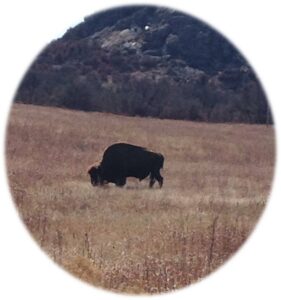
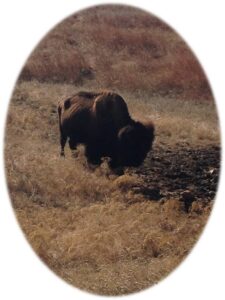
 Watching the Texas longhorn cross the road.
Watching the Texas longhorn cross the road.